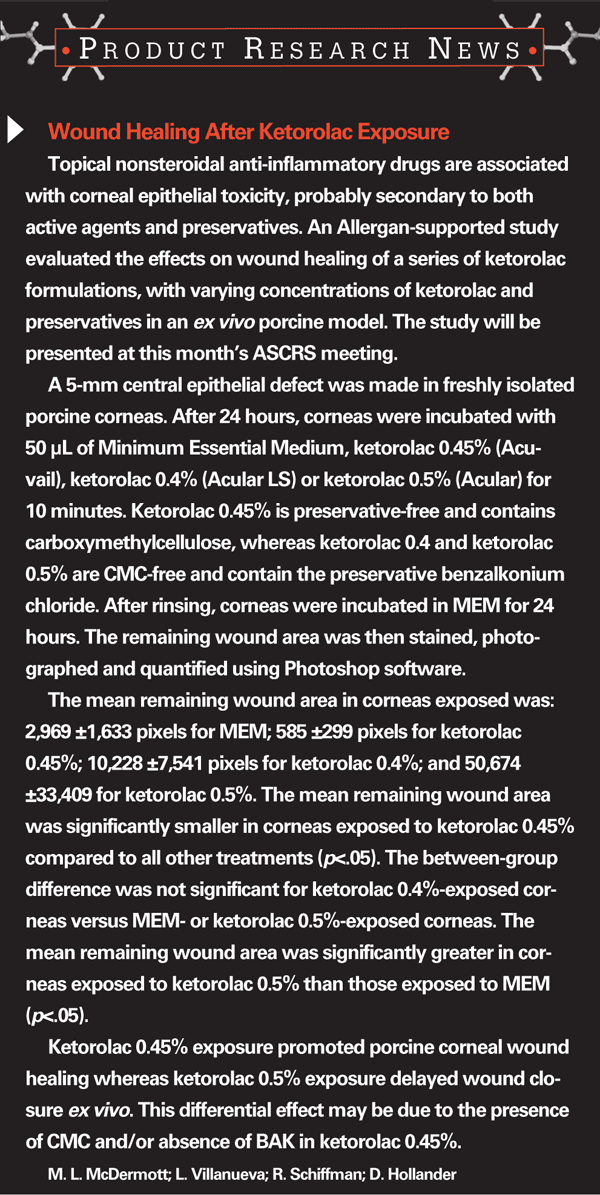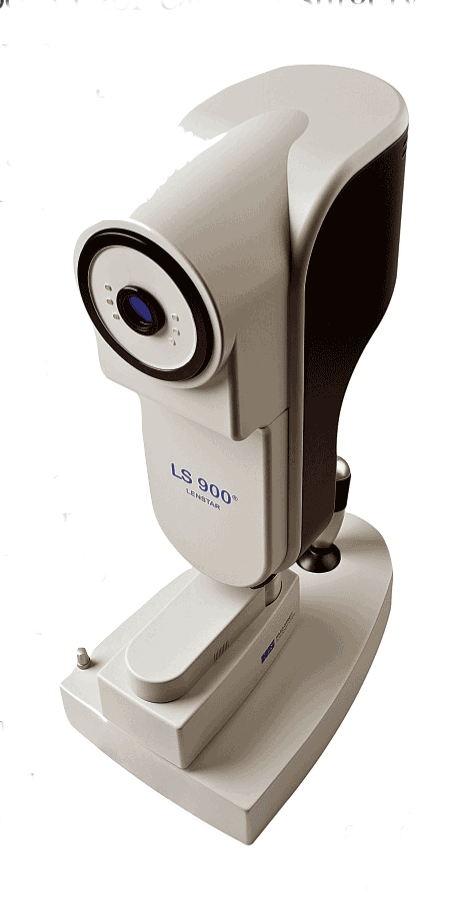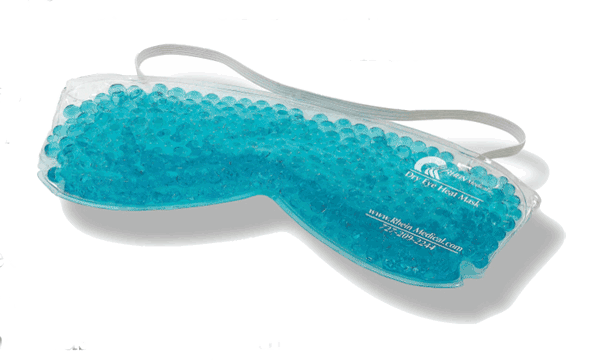Abbott Medical Optics says its new Ellips FX Transversal Ultrasound Technology offers a revolutionary approach to lens removal by incorporating significant key advancements to the original Ellips ultrasound. Refined features over previous version include:
• higher frequency cutting performance;
• larger zone of tissue removal;
• excellent efficiency for hard or soft cataracts, working with preferred cataract surgery technique or tip style;
• controlled utilization of power required for lens extraction;
• unique movement of tip minimizing potential for clogging, contributing to overall stability of the chamber.
"The new Ellips FX Technology provides very smooth cutting and enhanced followability to improve cataract removal, helping to ensure excellent postoperative outcomes for my patients," said Y. Ralph Chu, MD, founder and medical director of Chu Vision Institute in
AMO has begun shipping Ellips FX technology to surgeons throughout the

Haag-Streit Will Team with Alcon to Market the Lenstar LS900
Haag-Streit has appointed Alcon as its exclusive
Alcon will be responsible for sales of Lenstar LS900 in the

New Dry-Eye Heat Mask
This new mask from Rhein Medical(Product #09-7020) can be heated in a microwave for 15 seconds and will last for up to 15 minutes. It includes a cloth sleeve for additional lid protection and can be cleaned and reused multiple times. It's available in boxes of five.
For more information, call (727) 209-2244.

Trial Lens Flipper Features Built-in Level
The new Raff Trial Lens Flipper with built-in level helps speed the lens trial and prescribing process with patients while ensuring accurate cylinder and prismatic corrections by eliminating inadvertent off-axis lens rotation. This feature can help eliminate costly remakes by ensuring more accurate lens trials. The higher accuracy provides a more positive patient experience and the higher-tech appearance helps build patient confidence. The flipper can also help accurately refine lens prescriptions should they be needed. For more, call (215) 884-8105 or visit guldenophthalmics.com.
Pearls from the Deep
Mitch Jackson, MD
Diagnosing Significant Ocular Surface Disease Prior to Surgery
Defining success when performing premium IOL surgery, toric or presbyopic, is quite simple: achieve a refractive outcome within 0.5 D of emmetropia. Achieving success requires diligence at the preop, intraop and postop stages. Here are just a few of the keys from my experience.
• Find out the wants and needs of your patient. Minimize premium IOL choices as patient confusion may deter surgery altogether.
• Counsel all patients about the possible need for YAG capsulotomy and/or residual refractive error correction postoperatively.
• Besides patient history, review medications (including OTC meds that may exacerbate dry eye), perform corneal topography to distinguish corneal from lenticular astigmatism, A-scan measurements with either immersion technology or the IOLMaster's latest 5.4 version or Haag Streit's new LenStar LS900 system, and/or OCT in suspected macular pathology cases (especially subclinical epiretinal membranes). Select patients wisely, as those on more than one antidepressant may have increased dry-eye problems postoperatively and cost you chair time explaining non-realistic psychological problems.
• Consider all forms of ocular surface management options like Omega 3 supplements, low-dose doxycycline (Alodox, Nutradox), Restasis, AzaSite, FreshKote, punctal plugs and non-preserved isotonic/hypotonic lubrication (such as Thera-Tears or Blink Tears). Newer diagnostic modalities can aid in ocular surface problems such as TearLab's quick test for hyperosmolarity and EyeSupply's new fluramene (fluramene.com), a convenient way to look at fluorescein and lissamine staining of the conjunctiva and cornea with a single drop on the eye.
• Limbal relaxing incisions are a quick and easy procedure that can be performed at the time of surgery or at the slit lamp postoperatively to correct corneal astigmatism. If there is ≤0.75 D cylinder preop, consider performing an on-axis corneal surgical incision if the astigmatism axis is within 15° of the intended incision. If the astigmatism axis is outside 15° from the intended incision, place the main surgical incision where comfortable and perform LRIs. For 0.75 to 1.5 D cylinder preop perform intraoperative LRIs. For cylinder ≥1.5 D consider intraoperative LRIs to "debulk" astigmatism along with postop laser vision correction. The timing of LVC should be based upon refractive and topographic stability, typically taking a minimum of three months postoperatively but no less than one month. In Crystalens cases, consider YAG before astigmatism treatment due to known Z syndrome. Multifocal IOL astigmatism enhancements should be performed before YAG capsulotomy unless PCO is severe, since multifocal optics are much more sensitive to any residual astigmastism. In multifocal IOL cases, consider YAG after astigmatism treatment, in case explantation is needed due to intractable glare and halo.
• Choose an LRI nomogram that's consistent, and keep it simple. My favorite is at the website LRIcalculator.com; it is a turn-key style vector analysis with surgeon printout views of incision location and LRI axis length and location based on the nomogram selected. If you don't have easy access to an excimer laser, consider a piggyback IOL such as the Staar AQ5010V for residual spherical error, especially if the ASC is privately owned, to control costs. Piggybacking does not address residual astigmatism, though, unless LRIs are done simultaneously.
• Wavetec's
• Final postop considerations include which LVC procedure to perform. Preop topography and careful slit-lamp examination should suggest PRK over LASIK in cases of epithelial problems such as map-dot-fingerprint dystrophy. Lastly, cystoid macular edema prophylaxis with newer generation topical NSAIDs such as Acuvail and Xibrom daily (pending FDA approval) will improve patient compliance in preventing this visually disabling condition postoperatively.



